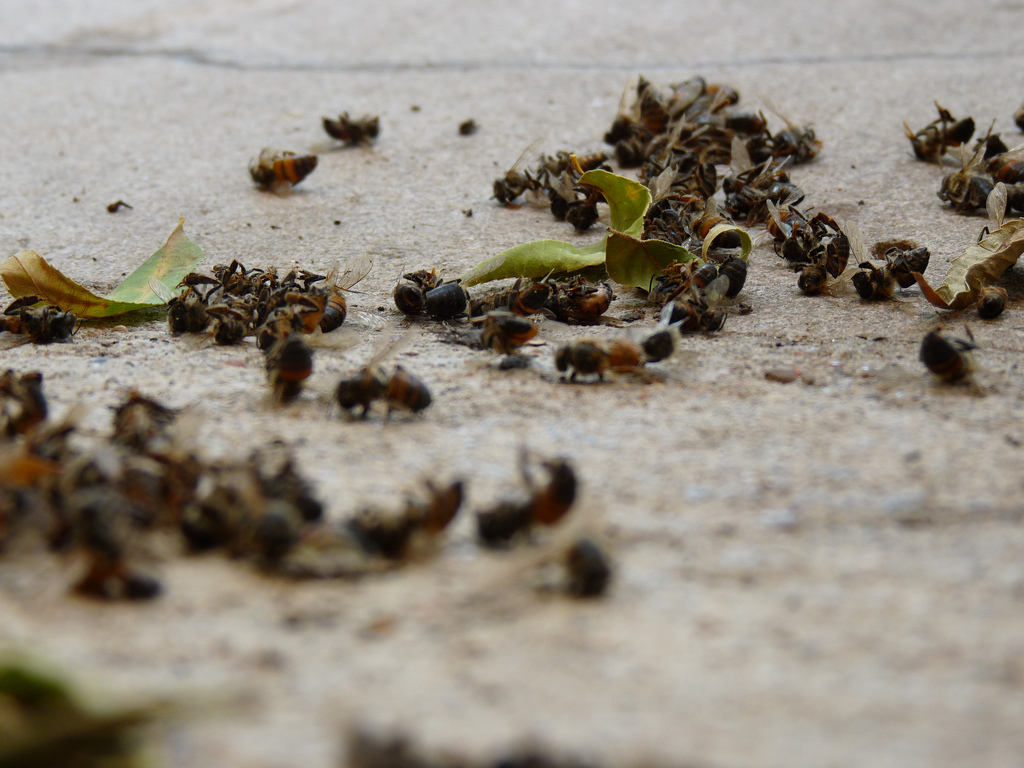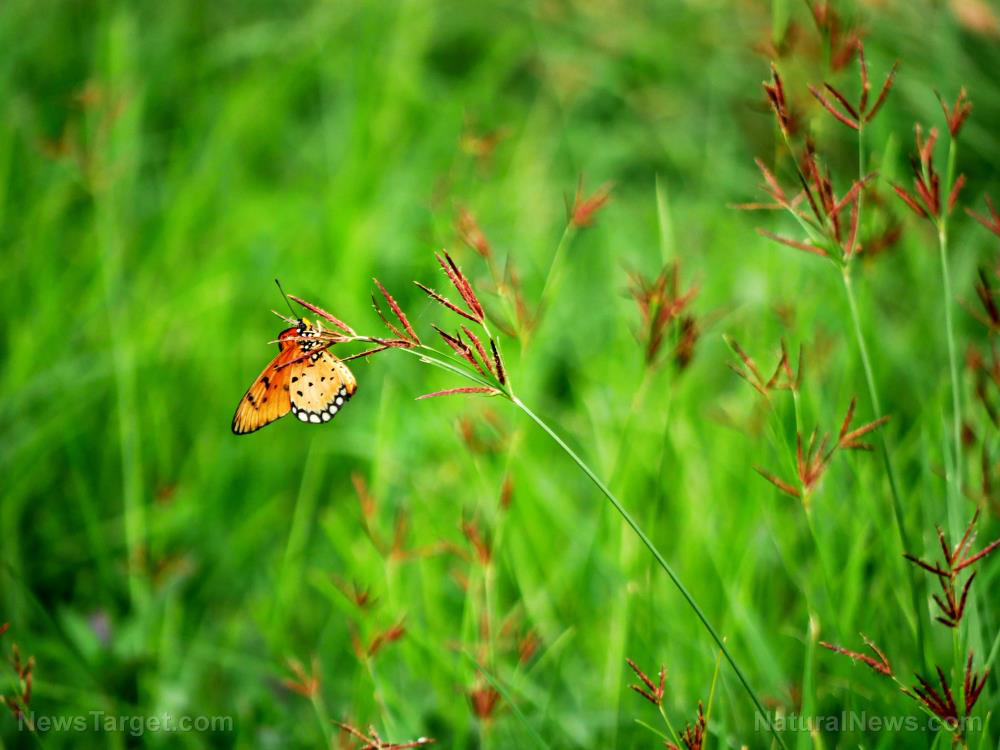Experts call for the protection of mangrove patches, no matter how big or small, to preserve “incredibly important ecosystems”
08/15/2019 / By Stephanie Diaz

Scientists fear that the continued decline in mangrove forests could significantly impact the world’s biodiversity. In a statement, which they made during the Zoological Society of London (ZSL) and published in the journal Science, they called the attention of governments from all over the globe to provide stronger protection for small but crucial swathes of mangroves.
The case for protecting mangroves
Mangroves play an essential role in the life cycle of many marine animals. It is an ideal breeding ground for fish, shrimp, and crab – it’s also a place many species of mollusks consider home. In addition, these also serve as a shelter for juvenile fish before they head to the open sea as adults.
Experts noted that if the deforestation of small patches of mangroves continues, it could cause a disconnect of habitats. This would mean losing natural wildlife corridors that species use to move about without limits throughout the environment. Furthermore, if aquatic species lose their habitat, then they would find it hard to adapt to changes in the environment.
This effect isn’t just limited to marine life. People living in low lying island communities would also be affected since they would lose protection brought about by mangroves – making them more susceptible to the effects of extreme weather patterns like typhoons during monsoon seasons. However, despite their warnings, the call for protecting mangroves have always fallen on deaf ears. Mangrove forests are continuously converted to infrastructure and agricultural fish pens.
“All too often mangroves are regarded as irrelevant swamps or wastelands — yet they’re incredibly important ecosystems,” noted corresponding author David Curnick. “Globally, yes, mangrove conservation is being looked at, but it’s these smaller patches of mangroves in remote areas that need greater recognition.”
Currently, mangroves are protected by international agreements such as the Convention on Biological Diversity and the Convention for the Protection of World Cultural and Natural Heritage, among others. However, despite the protection from these organizations, mangroves are still considered as one of the most undervalued ecosystems on earth.
The Species Survival Commission of the International Union for Conservation of Nature (IUCN) hosts and supports projects that involve mangrove protection together with ZSL. They help rehabilitate mangrove forests using a method called “Community-based Mangrove Rehabilitation.” They have helped countries like the Philippines – who have lost 50 percent of their coastal forests – re-plant these trees. Over a four-year period, the IUCN has started to rehabilitate a total of 107.8 hectares of the coastline by planting 100,000 mangrove trees. (Related: After 2004 tsunami, newly planted mangroves protect from future disasters and increase fish population.)
A home for many
Mangroves play an essential role in the life cycle of many marine animals. It is an ideal breeding ground for fish, shrimp, and crab – it’s also a place many species of mollusks consider home. In addition, these also serve as a shelter for juvenile fish before they head to the open sea as adults.
In a statement, Khun Pisit, the co-founder of Thailand’s Yad Fon mangrove preservation project who wasn’t involved in the statement, added: “Mangroves are like the kindergarten, seagrasses are the secondary schools, and coral reefs are the high schools and colleges for fishes!”
“And, once [the fish] graduate from university, they return to kindergarten to spawn.”
Unfortunately, 35 percent of the mangrove population worldwide has been lost because of deforestation. Large areas of the coastal forest are cut down to make way for new construction developments, such as the controversial airport in the Maldives. Not only that, but substantial swathes of mangroves are cleared for aquatic farming.
Mangroves are essential to the protection of ecosystem services. They help provide food and clean water to small local communities. Moreover, swathes of mangroves can safeguard people living in coastal areas from extreme weather conditions, storm surges, and tsunamis. The protection of mangroves not only extends to the protection of aquatic animals but also the lives and livelihood of people. By ensuring that mangrove forests stay protected, everyone can be assured that the goods and services that they provide would last for years to come.
Learn more about mangroves (and how to protect them) by visiting Ecology.news.
Sources include:
Tagged Under: biodiversity, coastal forest, conservation, deforestation, Ecology, environment, life cycle, mangroves, marine life, Oceans, trees, wildlife
RECENT NEWS & ARTICLES
COPYRIGHT © 2017 ECOLOGY NEWS



















